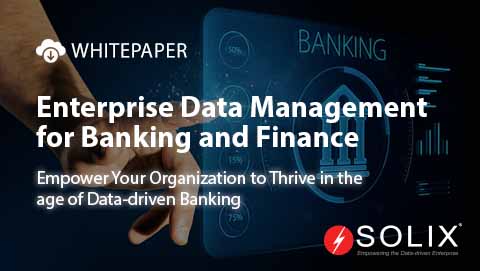Data Profiling
What is Data Profiling?
Data profiling is the systematic analysis of data to understand its quality, structure, and content. It involves assessing attributes like completeness, consistency, and accuracy. Organizations can ensure data reliability, facilitate integration, and comply with regulations by uncovering insights into data characteristics. Data profiling is essential for informed decision-making and optimizing data management practices.
Why is it Important?
- Data Quality Assurance: It helps identify data quality issues such as missing values, duplicates, outliers, and inconsistencies. Addressing these issues ensures that data used for decision-making is accurate and reliable.
- Data Integration: Before integrating data from multiple sources, it’s essential to understand their structure and format. Data profiling enables organizations to harmonize disparate data sources efficiently.
- Regulatory Compliance: Compliance with GDPR, HIPAA, and CCPA requires organizations to maintain accurate and secure data. Data profiling ensures compliance by identifying sensitive data elements and assessing their risk.
- Data Governance: Effective data governance relies on understanding the characteristics of data assets. Data profiling provides insights into data lineage, ownership, and usage, facilitating better governance practices.
- Optimized Queries: Profiling helps identify patterns and trends within the information, allowing for more efficient querying and retrieval of information.
- Better Decision-Making: By understanding the quality and characteristics of your data, you can make more confident data-driven decisions.
Methodologies of Data Profiling
- Statistical Analysis: We use statistical techniques like frequency distributions, mean, median, and standard deviation to analyze numerical data attributes. These analyses help in understanding the distribution and variability of data.
- Pattern Recognition: Profiling involves identifying patterns within the information, such as common formats for dates, addresses, or product codes. Pattern recognition techniques help standardize and validate data formats.
- Data Quality Rules: Organizations define data quality rules or constraints based on business requirements. Profiling verifies compliance with these rules and identifies violations that must be addressed.
- Data Visualization: Visual representations such as histograms, box plots, and scatter plots are used to explore data distributions and relationships visually. Visualization techniques enhance the understanding and interpretation of profiling results.
Tools for Data Profiling
- Open-Source Tools: Open-source tools like Apache Zeppelin, Apache Spark, etc., provide information profiling capabilities. These tools offer flexibility and scalability for analyzing large volumes of data.
- Commercial Tools: Commercial data integration and quality tools provide comprehensive data modeling features and advanced data management functionalities.
- Custom Scripts: Organizations may develop custom scripts using programming languages like Python, R, or SQL to perform specific data profiling tasks tailored to their requirements.
In conclusion, profiling is fundamental to information management and analysis. Organizations can enhance decision-making, ensure regulatory compliance, and improve overall data governance by gaining insights into data quality, structure, and content. As data grows in volume and complexity, adopting robust methodologies and utilizing appropriate tools are essential for effective data modeling practices.
FAQ
Can data profiling be automated?
Yes, it can be automated using various tools and software. Automation streamlines the process of analyzing large volumes of data, allowing organizations to efficiently identify patterns, anomalies, and quality issues across datasets.
How often should data profiling be performed?
The frequency depends on factors such as the rate of data change, the criticality of the data, and organizational requirements. Perform informatin modeling regularly, especially before data integration or analysis projects, is recommended.
Can data profiling identify sensitive information?
Yes, it can identify sensitive information such as personally identifiable information (PII), financial data, or proprietary business data. Organizations can identify and protect sensitive information from unauthorized access or misuse by analyzing data patterns and attributes.





